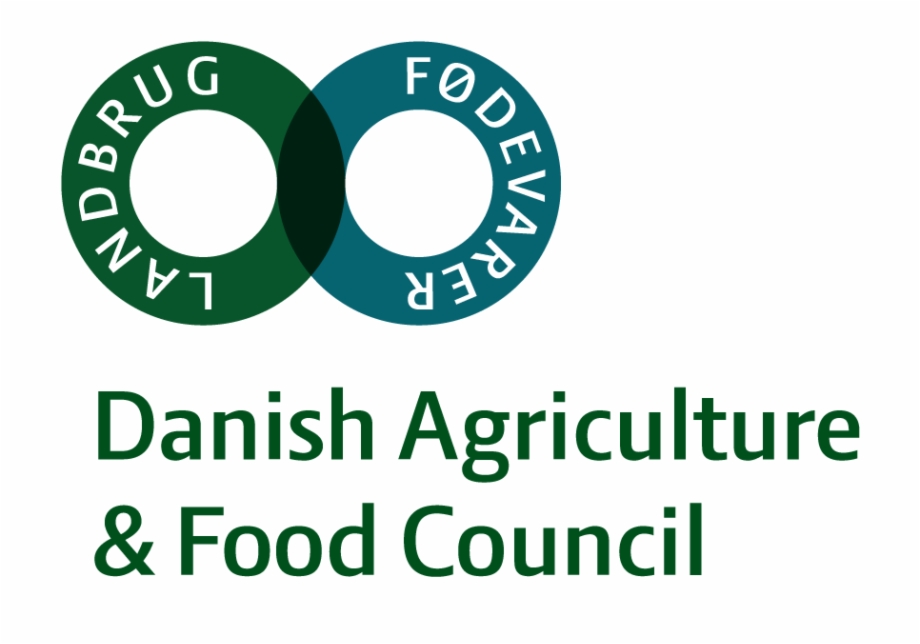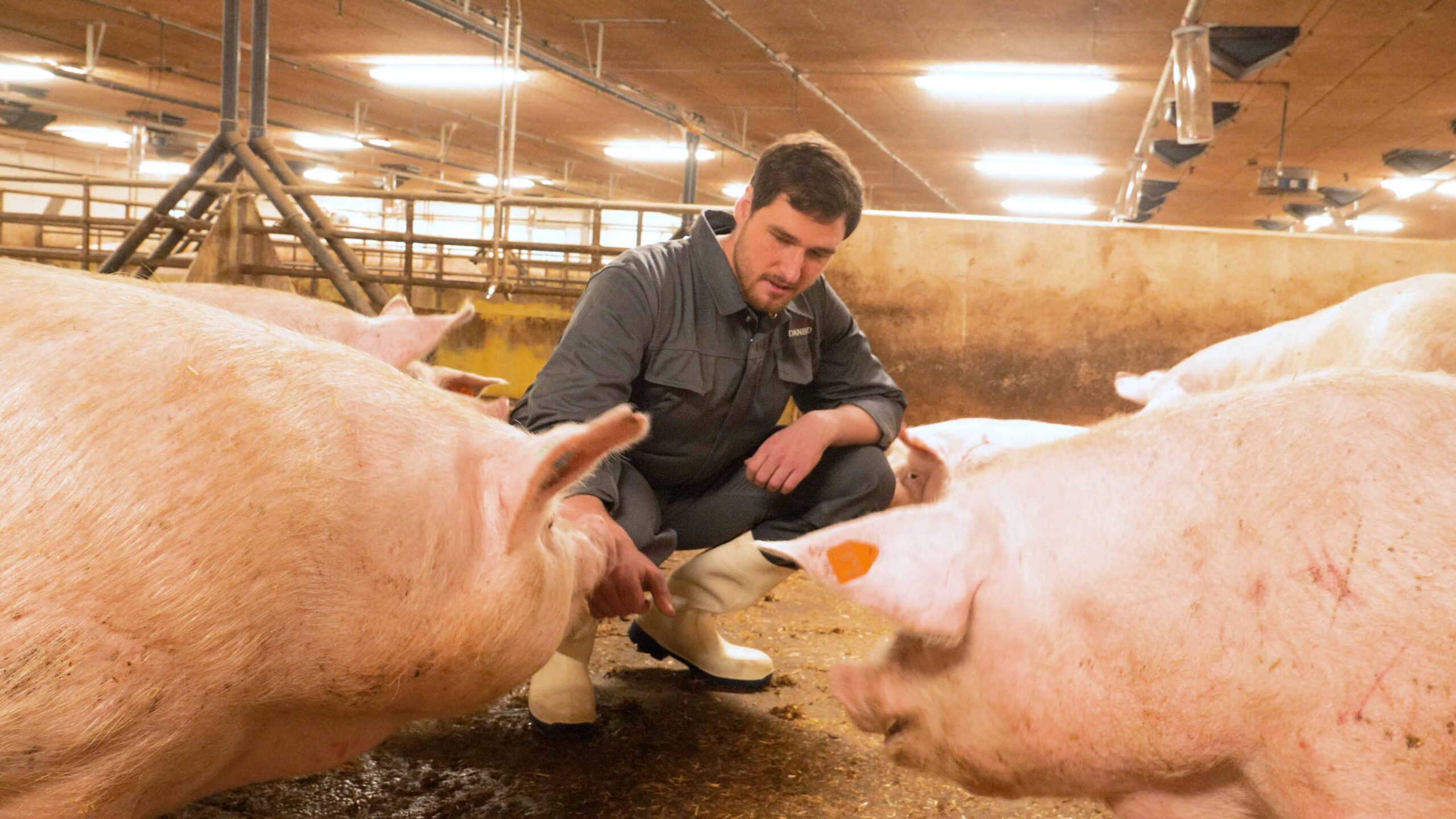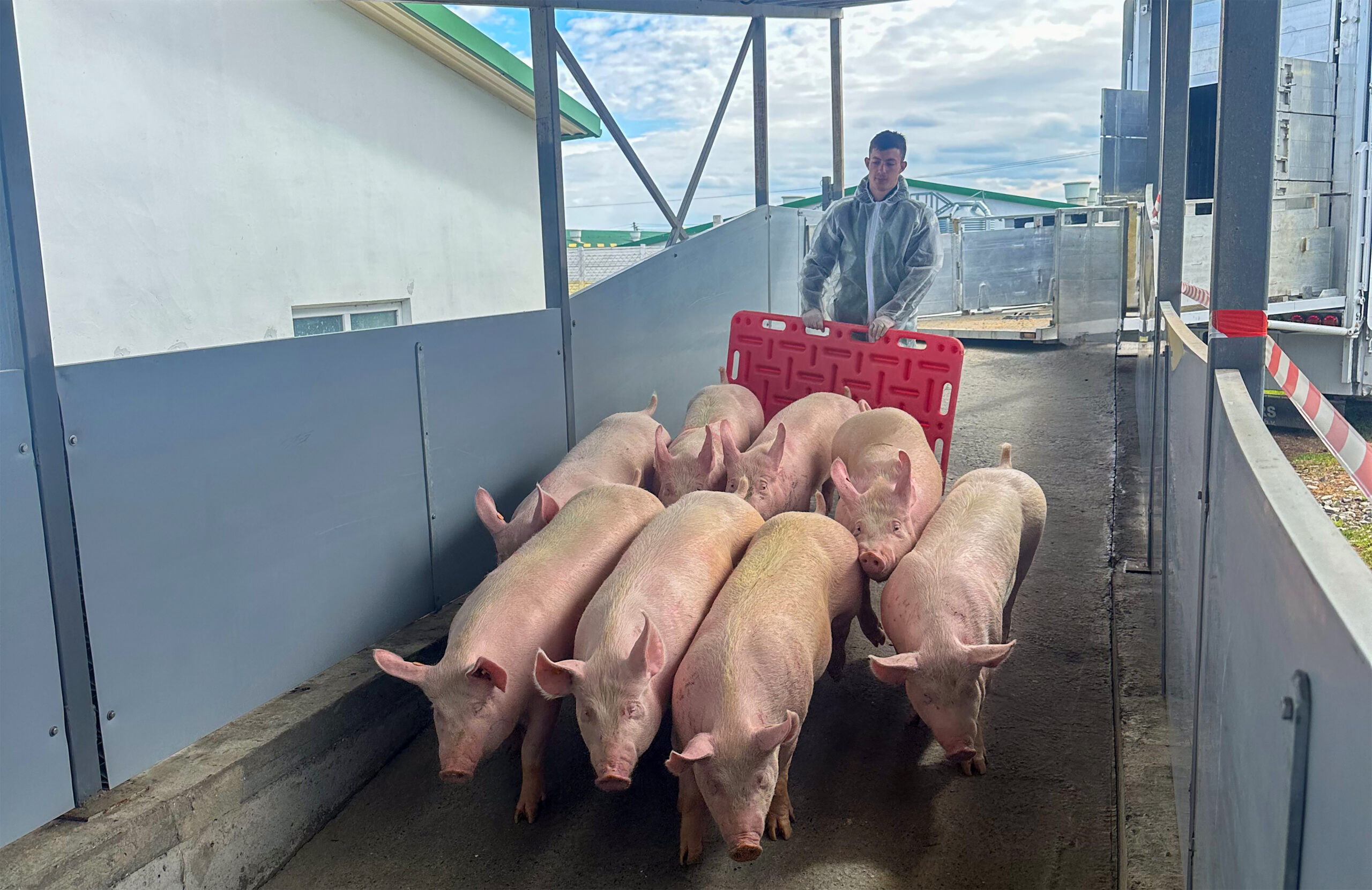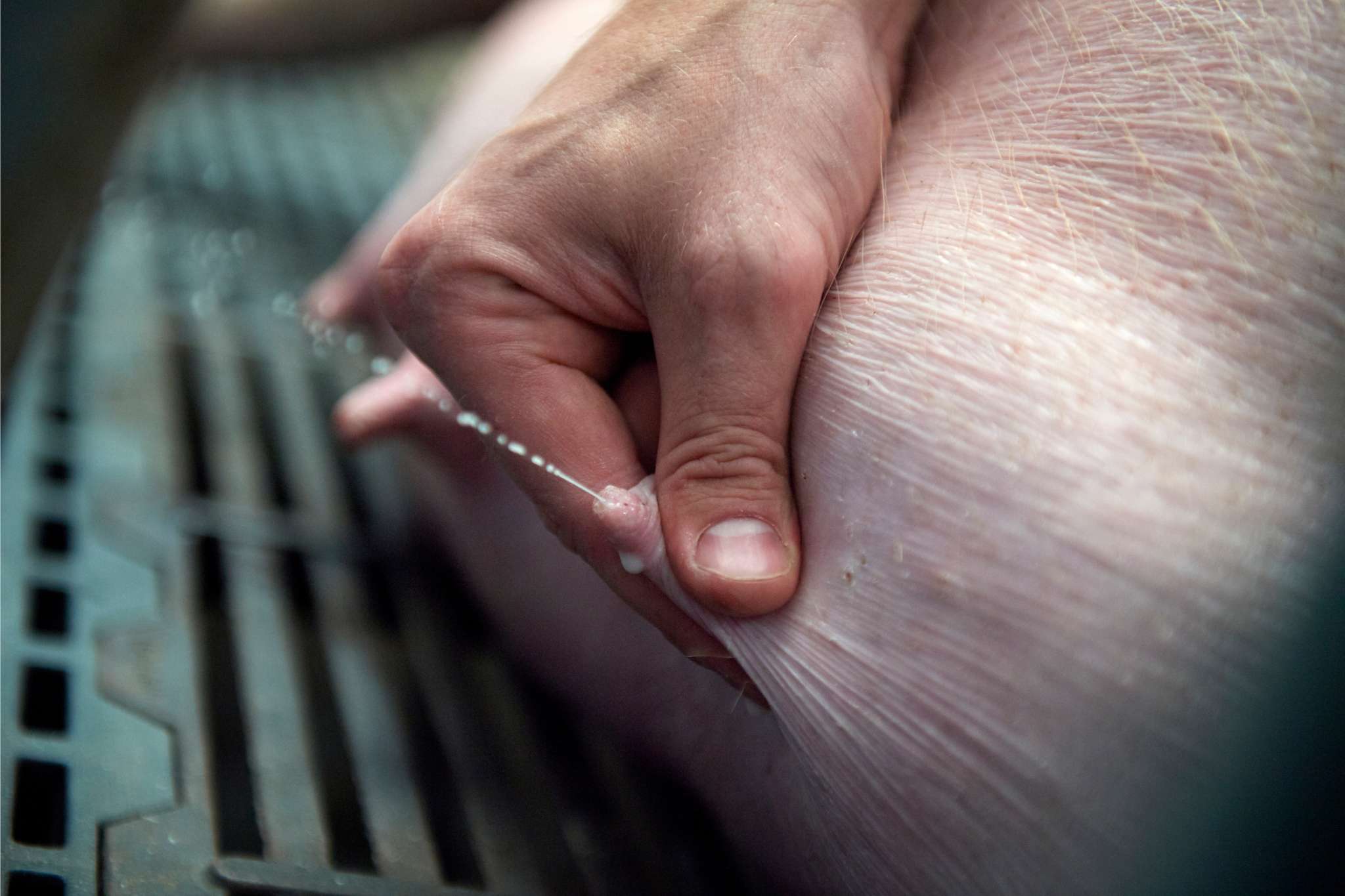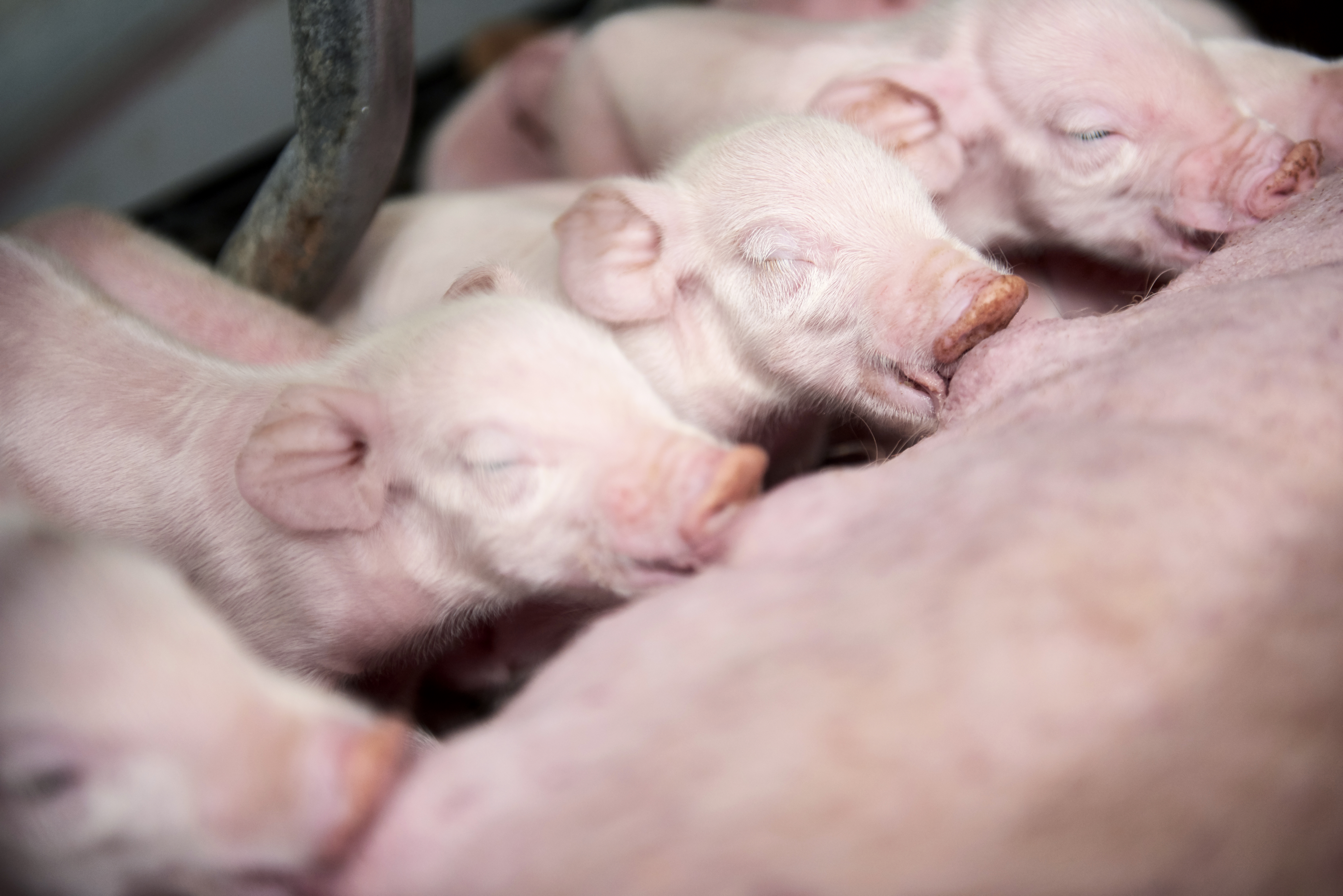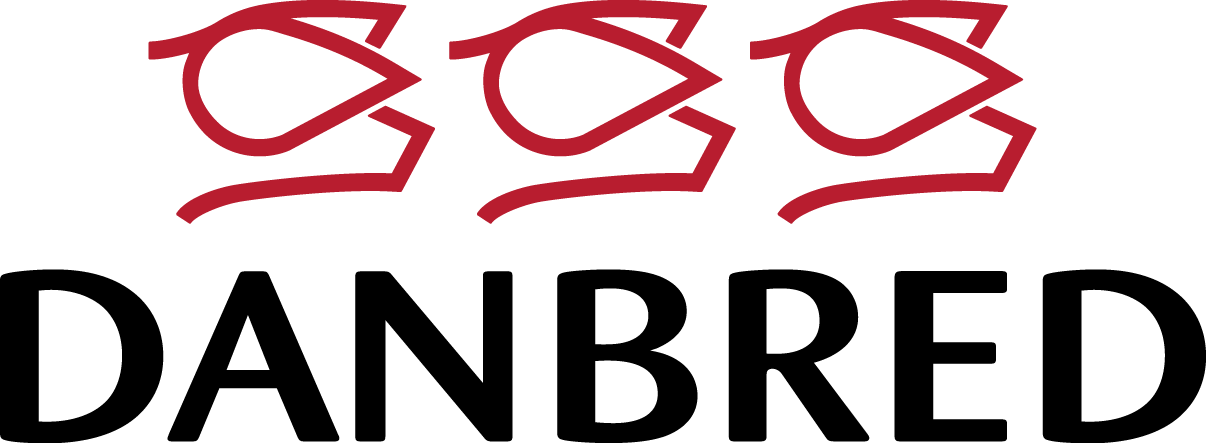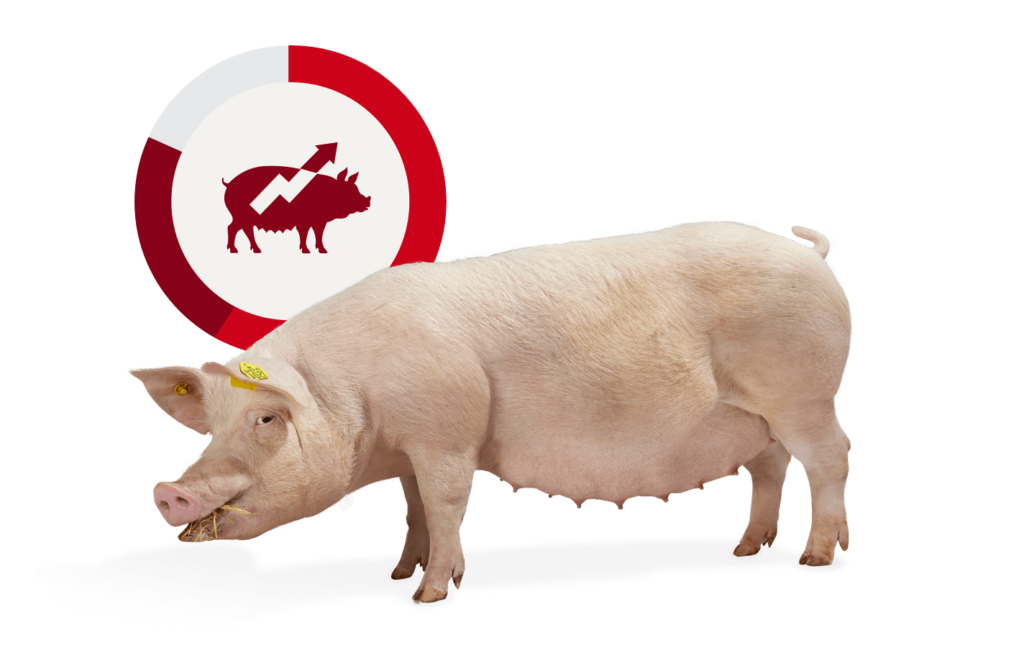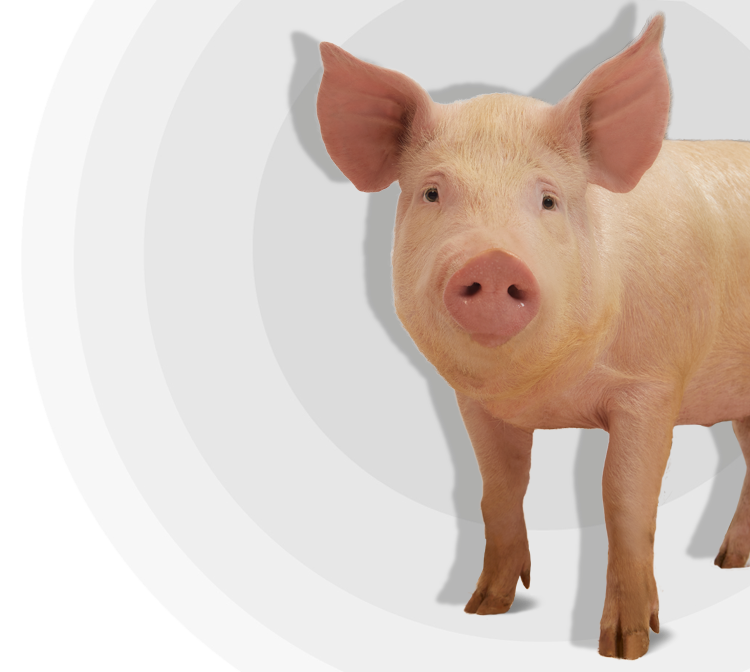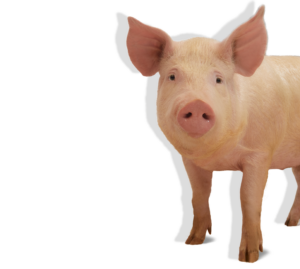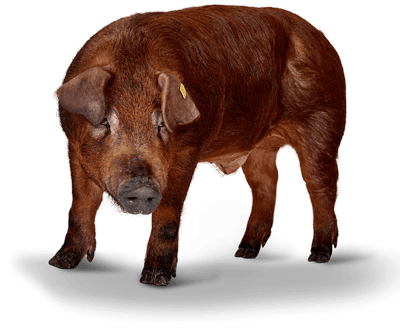Animal welfare in the gestation and farrowing units is highly prioritised by most sow producers. When more of your sows live longer, it will result in increased profitability for you.
Moreover, increased survival is expected to improve animal welfare, as potentially underlying causes of mortality and morbidity can be reduced. DanBred’s R&D department has been working intensively to improve sow longevity for years, and there is good news…
Longevity is already a part of the breeding goal for DanBred Landrace and DanBred Yorkshire. However, it is a complex trait to select for because it is very affected by the surroundings, different culling strategies, and the type of herd the trait is measured in, e.g., multiplier or production herd
The Breeding & Genetics department at Danish Agriculture & Food Council has hired Bjarke Grove Poulsen for the PhD project to improve how we breed for longevity – and the coming results will contribute to increased sow longevity.
A new way of breeding for longevity
Longevity has been a part of DanBred’s breeding goal for more than 10 years, and it is currently selected for through indicator traits, such as the probability that a sow will be serviced after first parity. An indicator trait for longevity is a trait that is genetically correlated with longevity. The stronger the genetic correlation is, the more information the indicator trait provides for longevity, and the higher genetic progress for longevity we can get.
A unique thing about this project is that the data comes from production herds, instead of nucleus or multiplier herds. With these data, Bjarke Grove Poulsen can test new methods and models in order to improve sow longevity.
“It opens doors to breed directly for longevity in production herds. First and foremost, it is more accurate to breed precisely for the trait of interest. But it is also easier to find indicator traits that can support breeding for sow longevity. Altogether, I am very confident that the results of this project will make a difference for both the sows and the producers."
Bjarke Grove Poulsen, PhD student in Breeding & Genetics
Step-by-step work
Phase 1
Test the quality and relevance of the data from production herds.
Phase 2
Find a solution for how to account for the fact that many animals are rotationally crossbred instead of purebred (most methods for estimation of breeding values are created for purebred animals).
Phase 3
Find a statistical method that can handle the fact that longevity is recorded very late in some sows’ lives.
Currently, the project is in the end of the 3rd phase, and Bjarke is writing the thesis on the whole project.
Data from production herds make a big difference
When looking at longevity, it is relevant what type of herd the trait is measured in. Sows in multiplier herds are treated differently than sows in production herds, which means it is not the same underlying biological processes that are important, even though, we measure the same thing.
”Part of the first phase was to estimate the genetic correlation between the current indicator trait for longevity and longevity measured in production herds. The analysis showed that the traits had a genetic correlation of 17-23 %. This underlines that the genetic backgrounds for the traits are not 100 % the same, which means, there is a potential to improve breeding for longevity using production data.”
Bjarke Grove Poulsen, PhD student in Breeding & Genetics
The preliminary results of the project have indicated that by utilising data on longevity from production herds, we can get more genetic progress for longevity in our populations. As a consequence, we expect that this will have a positive effect on sow survival – to benefit both animal welfare and profitability.
Bjarke Grove Poulsen began his PhD project in July 2019 and will finish this summer. When the PhD project has been concluded, the Breeding & Genetics department will look into implementing the new trait in the DanBred breeding goal.
“We expect Bjarke’s results to become a part of the future breeding goal, so we can improve the longevity even more in future generations of DanBred sows.”
Tage Ostersen, manager at Breeding & Genetics.
This reliable data is gathered in collaboration with our trusted partners.
